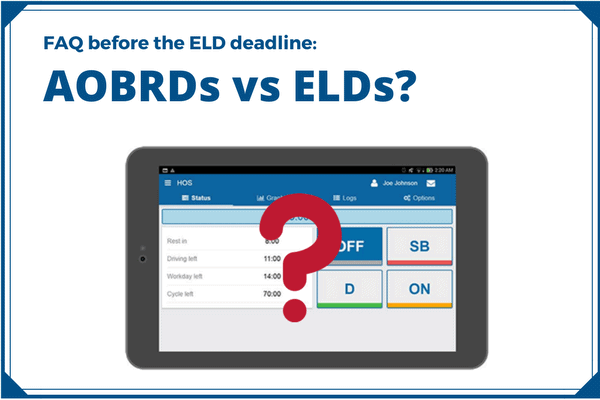Last updated on March 9th, 2023 at 04:18 am
Electronic Logging Devices (ELDs) and Automatic On-Board Recording Devices (AOBRDs) are technologies that are meant to manage and keep track of commercial fleets. The two technologies are similar in a number of ways, but also differ in several ways. So, do you know how AOBRDs and ELDs are similar or different from one another?
As far as electronic logging device ELD compliance is concerned, it is important for fleet owners, managers, and drivers to understand the difference between these devices. AOBRDs are essentially mechanical or electronic devices that are designed to record information on driver status, such as engine use, distance traveled, driving speed as well as the date and time.
ELDs, on the other hand, are meant to meet the various FMLA requirements as well as monitor vehicle movement, engine use, engine hours, and miles driven. However, some of the best ELDs today are known to offer exceptional fleet Management tools as well. So, how exactly are AOBRDs similar to or different from ELDs?
Table of Contents
Similarities Between ELDs and AOBRDs
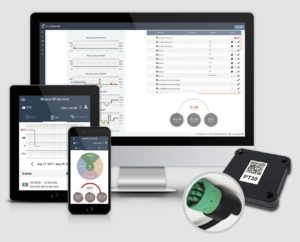
Although ELDs differ from AOBRDs in design and functionality, the two technologies are similar to one another in several ways. To begin with, the two technologies are more accurate than paper logs when it comes to tracking Hours of Service (HoS).
Again, the two technologies are meant to help drivers and fleets remain compliant with the eld mandate specified by FMSCA.
Here are other key similarities between these two units.
Tamper Prevention
As you are aware, commercial drivers in the country are paid based on the distance they drive. As such many of them will be tempted to keep driving even when they are tired, just to make more money. This being the case, some drivers may want to temper with their device in a bid to achieve this.
This is why both AOBRD and ELD devices are required to be temper proof by law. The devices are essentially required to be temper-proof. However, the requirement is not so clear on how AOBRDs should be temper-proof.
Recording Requirements
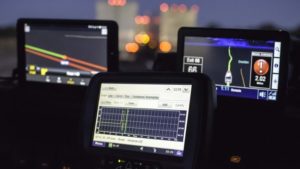
Despite their differences, the two technologies are designed to do more or less the same thing. As far as functionality is concerned, AOBRDs and ELDs are similar in several ways. The devices are essentially meant to record driver duty data. If a truck starts without logging the eld prompt owner of the commercial motor that driver has not responded.
In this regard, both AOBRDs and ELDs are capable of capturing such data as engine hours, date and time, location, miles driven, as well as duty status at any given time.
ELD Mandate and Timeline
Earlier on, installing AOBRD devices in trucks was considered to be an optional and handy upgrade from using paper logs. Installing ELDs, on the other hand, is a requirement by law—in accordance with the ELD Mandate
The electronic logging device ELD Mandate is a regulation by the Federal Motor Carrier Safety Administration FMCSA that requires all commercial vehicles (covered under its terms) to have an electronic logging technology to record data related to drivers of motor carriers and fleet vehicle. In accordance with this Mandate, all commercial vehicle drivers were supposed to be using an AOBRD or ELD by December 18th, 2017. To ensure compliance with the new FMCSA mandate the recording device, eld must record information related to the drivers of commercial motor carriers including duty status change, personal use, and yard counting, hours of service (HOS), engine power status vehicle motion, driving time, etc.
According to this Mandate, drivers using AOBED devices before this deadline could continue to use them up and until December 16th, 2016.
This is mainly because AOBRD devices do not have all the features and capabilities that make ELDs compliant with ELD mandate and new FMCSA requirements. Therefore, drivers in your fleet who are currently using AOBRDs will need to upgrade to ELD devices by December 18th, 2019.
Main Differences AOBRD vs ELD
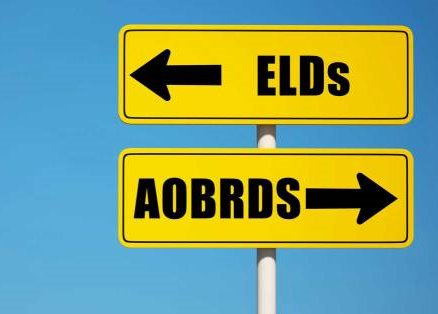
As you may be aware, there are differences between the technical specifications of the ELD rule and the 1988 Electronic Onboard Recording Device Rule (49 CFR 395.15). Such are the aspects that set ELD devices apart from AOBRDs.
Discussed below are some of the ways in which these technologies are different:
Graph Grid Display
For an ELD device to be approved by the FMCSA as compliant, it must be able to present daily duty status changes of drivers in the form of a graph grid. Compliant ELDs will present this graph grid on either a printout or on a display.
While this is the case, the 1988 ruling does not require AOBRDs to have this capability. As a result, most of them cannot present this data in the form of a graph grid.
Integral Synchronization
ELDs are required to synchronize seamlessly with the CMV engine electronic control module (ECM). This synchronization interfacing allows ELDs to automatically capture such engine data as miles driven, vehicle motion status, engine power status, and engine hours. However, there is an exemption for CMVs that are older than the model year 2000.
As for the AOBRDs, integration is also required by the law. However, this term is not clearly defined by the Federal Motor Carrier Safety Regulations (FMCR).
Default Duty Status
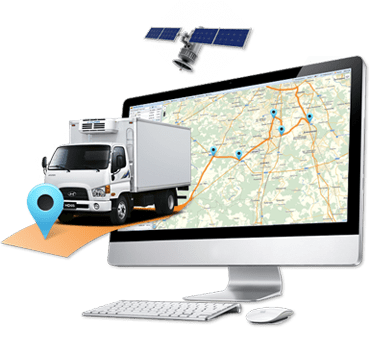
According to mandate requirements, an ELD device should prompt the driver to change the status to On-duty not driving status if the CMV has remained stationary for more than five consecutive minutes. If the driver does not respond to this prompt within 60 seconds, the device will automatically change the status.
AOBRDs, on the other hand, do not have this capability. As such, you have to change duty status manually every time you stop or start driving.
Temper Proofing
Both AOBRDs and ELDs are supposed to show resistance to tampering. However, each of the devices does it differently. The ELDs, for instance, requires automated entry at 60-minute intervals, whenever you change duty status. As such automated entries will be required when the engine is turned on or off and when the CMV is in motion.
With AOBRDs, such entries are only required at each change of duty status. Again, the entries may be either automated or manual.
Location Data Recording
With ELDs, automated location entries will be required at 60-minutes intervals whenever the vehicle is in motion, whenever the duty status is changed, and at engine-on/off instances. This is to make sure that unassigned driving time is not logged into the record. Additionally, ELDs also require automated location entries during yard moves as well as the beginning of personal use. They start recording the driving time as soon as the vehicle s engine is turned on and put on the road.
AOBRDs do not capture location information so many times. As a matter of fact, they only require you to enter this information at each change of duty status. Depending on the model, this entry may be automated or manual.
The Bottom Line
In addition to the above-mentioned differences, AOBRD and ELD devices differ in terms of Clock time drift, and methods of communication.
While AOBRDs are also good for logging hours of use, you can only use them up to Dec. 2019. As such, it is important that you must upgrade to FMCSA approved ELD devices for fleet management.
In addition to helping you remain compliant with new FMCSA requirements, most ELD devices have much more to offer small and large fleets alike.
For instance, most of the leading brands will offer you a suite of fleet management tools as well. Therefore, you must install the right ELDs in your commercial vehicles right away.
